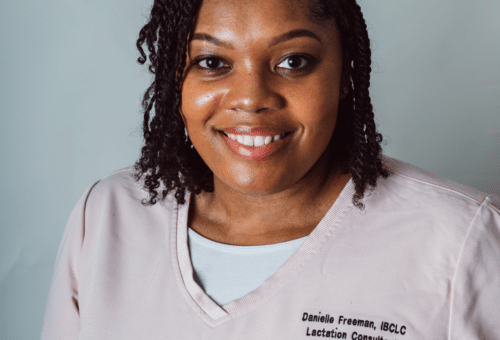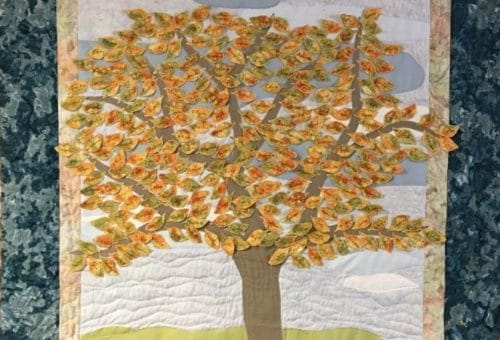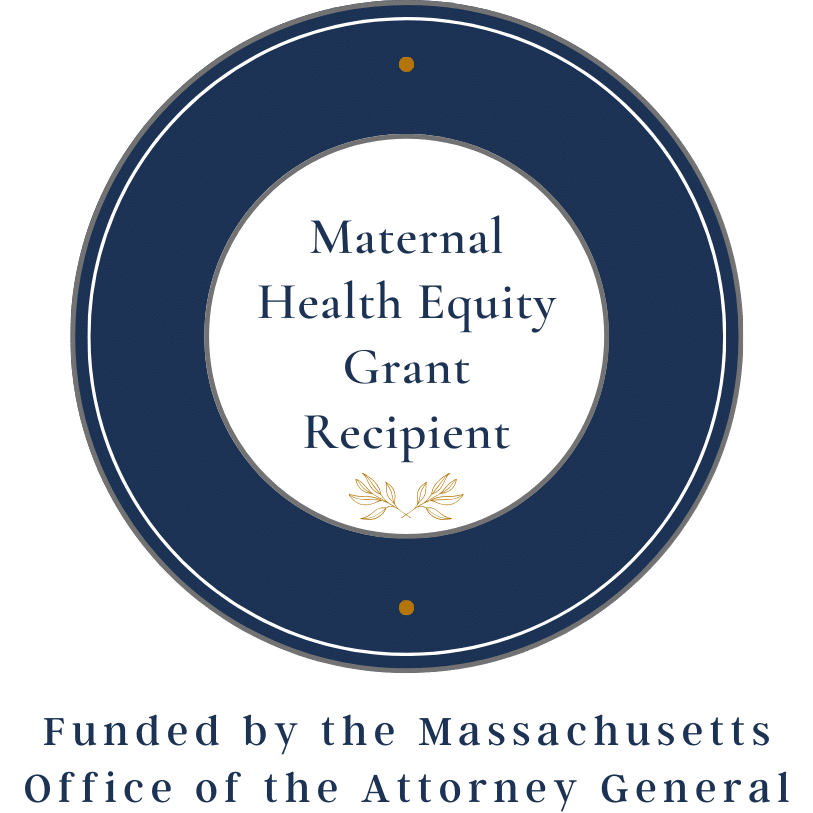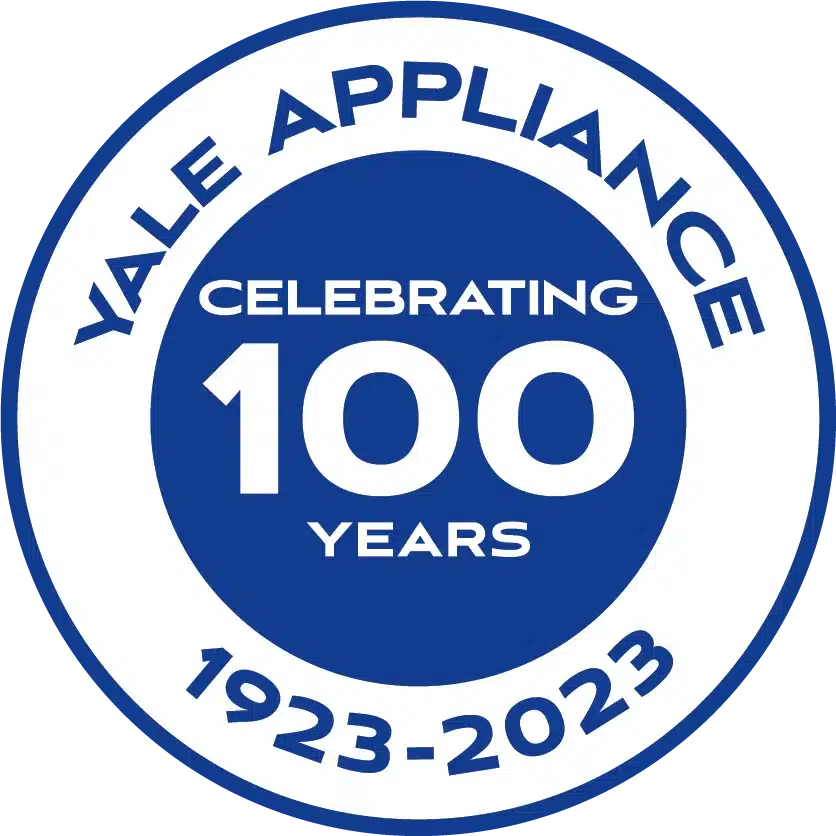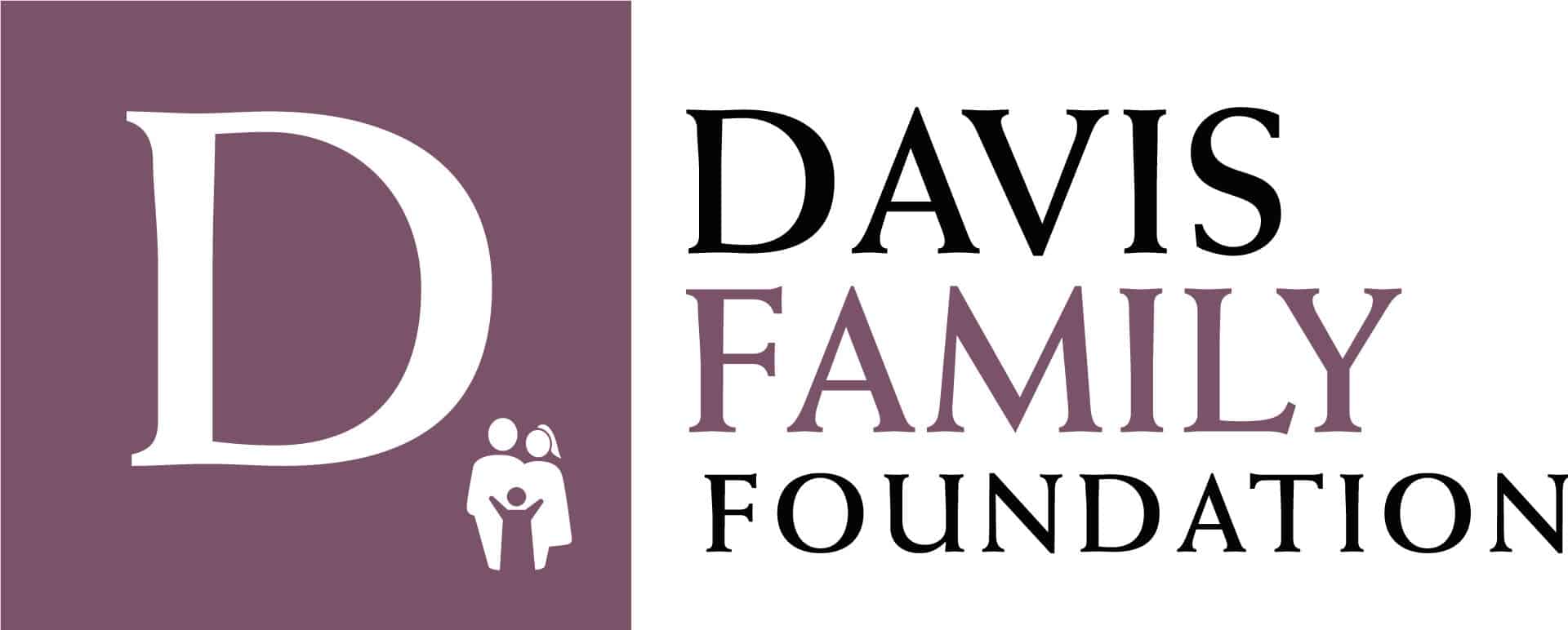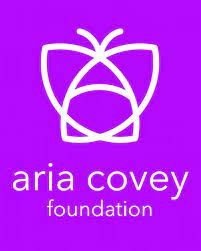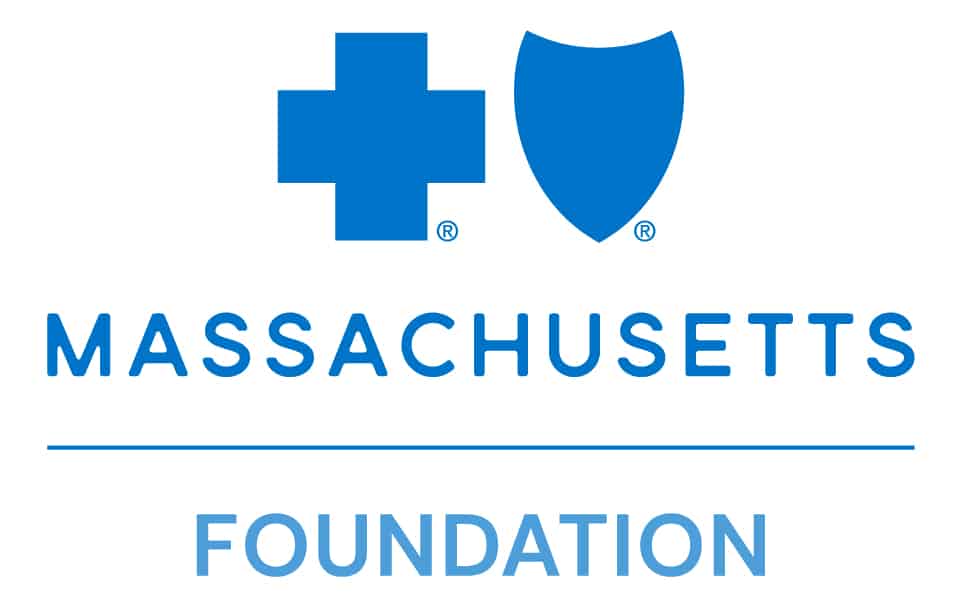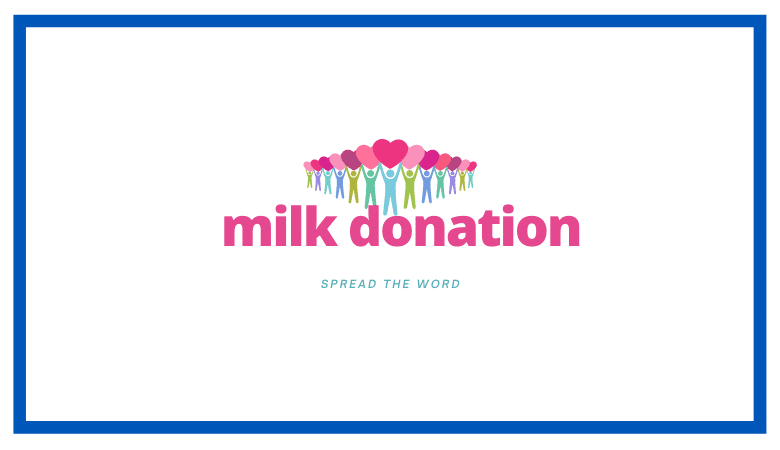
When I was a child and young adult, Red Cross radio ads filled the air before Thanksgiving, Christmas, New Year’s Day, July 4th, and Labor Day, asking people to donate blood, in anticipation of increased travel and car accidents on those holidays. In times of natural and man-made disasters (think Hurricane Katrina, summer fires in the Western US, and 9/11), thousands of people from all over the country donate blood to help people they will never meet. January is National Blood Donor Month, the season when donations are generally low due to weather, illness, holidays, and other causes.
Donating milk: Like donating blood
Since starting the milk bank, one of my dreams has been for donating milk to be like donating blood. Not everyone wants to donate, not everyone is eligible to donate, but every knows what blood donation is and understands its importance in saving lives. Over the last 15 years, awareness of milk donation has grown. Still, we hear too often, “I’ve never heard of a milk bank,” followed by curious, thoughtful questions about how it works, who donates, who receives milk, and why it is important.
Milk banking should be a household word, not just for new parents, but for grandparents, employers, clergy, and those who have not yet or will never bear or raise children.
Throughout North America, babies are born prematurely every day. Their mothers also often face medical challenges (medications, maternal illness, mastectomies, etc.) making breastfeeding difficult or impossible.
Since the Red Cross ads of my childhood, uses of blood products have expanded far beyond car accidents and natural disasters. As the safety and value of human milk have been borne out in research and earlier and smaller premature babies survive the NICU, use of donor milk has also expanded. More hospitals use donor milk for more medical indications and more fragile babies at home also use donor milk, resulting in a greater need. When we face a shortage of milk or blood, milk and blood banks, hospitals, and providers must triage to give to the most fragile patients. Some of those who need milk or blood will not receive it, compromising their treatment, recovery, and long-term health. The solution is more donations. There are no substitutes for human blood and milk.
Make milk donation a household word
Donating milk is a personal decision. Knowing about milk donation is a community responsibility. Much of our work in milk banking is educating the community that milk donation exists, is safe, saves lives, and supports maternal breastfeeding. We need your help in making milk donation a household word.
At Mothers’ Milk Bank Northeast, we started a wonderful tradition among staff and volunteers called “Milk bank Outreach Moments,” or MOMs. A MOM is an unexpected opportunity to tell someone about what a milk bank is. HMBANA milk banks throughout North America need donors and milk. Please help us expand our reach. Tell a friend, a store clerk, a fellow church member, your pediatrician—the opportunities are endless and fun.
We are deeply grateful to our diverse community of supporters who answer our calls to action to contact legislators, match funds to support challenges, and volunteer in so many ways. Thank you for creating “Milk bank Outreach Moments” and helping to make milk donation a household word.
Naomi Bar-Yam, PhD, ACSW, is the founder and Director Emerita of Mothers’ Milk Bank Northeast. She is available to speak at conferences, hospitals, and community organizations on milk banking, prematurity, and many other topics. Visit her speaker profile on LactSpeak.
